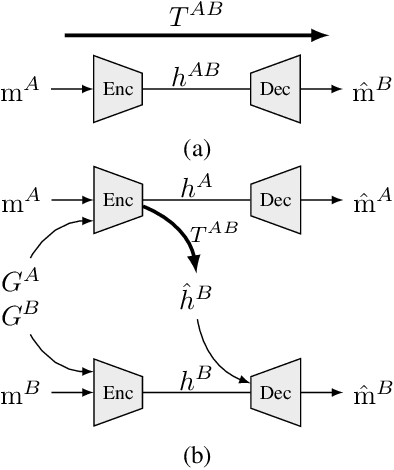Interoperability and machine-to-machine translation model with mappings to machine learning tasks
Paper and Code
Mar 26, 2019


Modern large-scale automation systems integrate thousands to hundreds of thousands of physical sensors and actuators. Demands for more flexible reconfiguration of production systems and optimization across different information models, standards and legacy systems challenge current system interoperability concepts. Automatic semantic translation across information models and standards is an increasingly important problem that needs to be addressed to fulfill these demands in a cost-efficient manner under constraints of human capacity and resources in relation to timing requirements and system complexity. Here we define a translator-based operational interoperability model for interacting cyber-physical systems in mathematical terms, which includes system identification and ontology-based translation as special cases. We present alternative mathematical definitions of the translator learning task and mappings to similar machine learning tasks and solutions based on recent developments in machine learning. Possibilities to learn translators between artefacts without a common physical context, for example in simulations of digital twins and across layers of the automation pyramid are briefly discussed.
 Add to Chrome
Add to Chrome Add to Firefox
Add to Firefox Add to Edge
Add to Edge